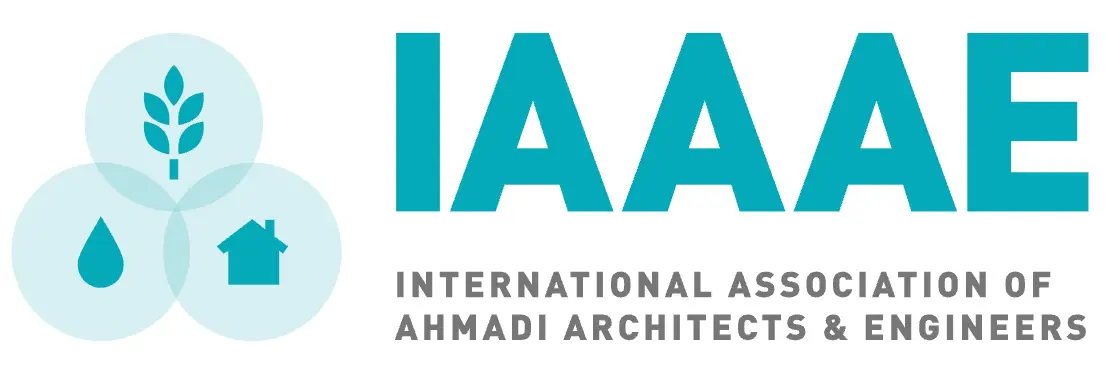Empowering Sustainable & Thriving Futures
MODEL VILLAGE
The Model Village Project by the International Association for Ahmadi Architects and Engineers (IAAAE), under the guidance of His Holiness Hadhrat Mirza Masroor Ahmad, the spiritual head of the Worldwide Ahmadiyya Muslim Community, is a holistic initiative that integrates the IAAAE’s expertise in alternative energy, water pump rehabilitation, and sustainable building design to create self-sufficient, sustainable communities in underserved regions of Africa. The project aims to address multiple challenges—energy poverty, water scarcity, and inadequate infrastructure—by combining innovative engineering solutions with community empowerment. Below is a detailed overview of the Model Village Project, its components, objectives, and impact, based on available information and the context provided.
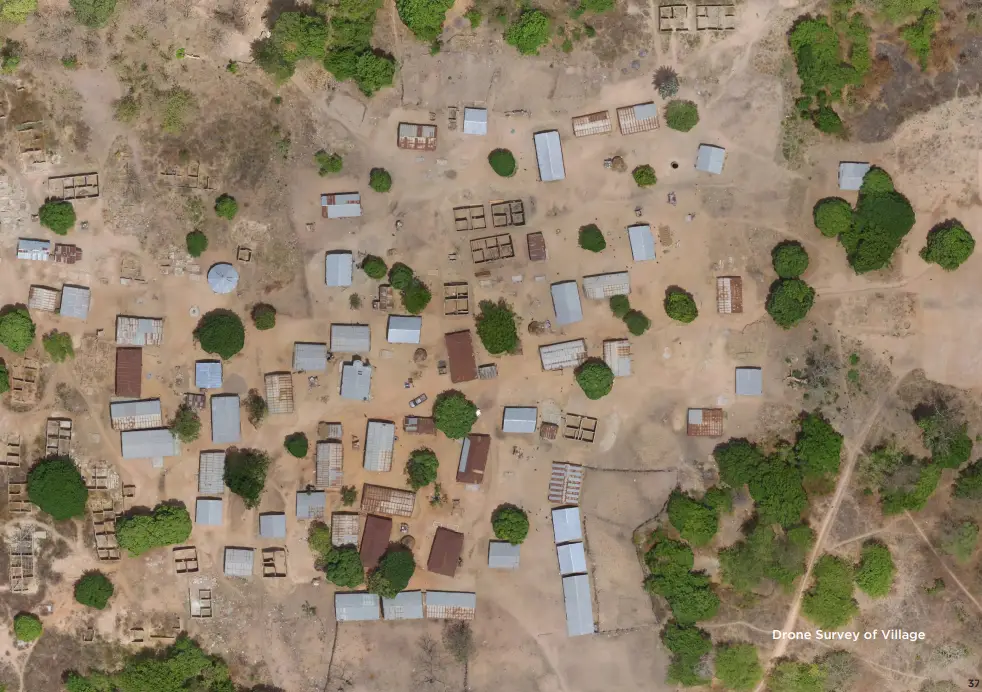
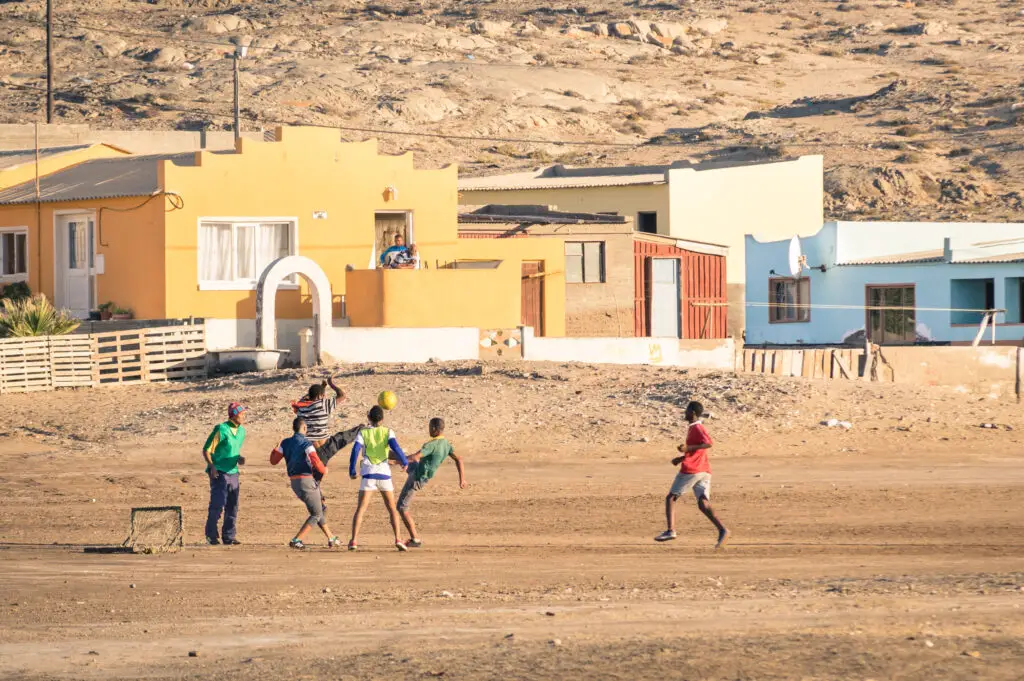
Overview of the Model Village Project
The Model Village Project is a flagship initiative of the IAAAE that brings together the technical capabilities of its Alternative Energy Committee (AEC) and Water for Life Committee, alongside expertise in sustainable architecture and construction. The project seeks to create prototype villages that serve as scalable models for sustainable development in rural Africa, addressing basic needs while fostering long-term self-reliance. Each model village is designed to be a comprehensive ecosystem, providing:
Clean Energy: Through decentralized renewable energy systems like solar and wind power.
Potable Water: Via rehabilitated or newly constructed water pumps, wells, and boreholes.
Sustainable Infrastructure: Including eco-friendly buildings for housing, schools, healthcare facilities, and community centers.
Community Empowerment: Through training and capacity-building to ensure local maintenance and ownership of infrastructure.
The project reflects the Ahmadiyya Muslim Community’s commitment to humanitarian service, aligning with its broader mission to improve quality of life through practical, faith-driven solutions.
Model Village core areas
Alternative Energy
Delivering clean, reliable electricity through:
-
Solar PV panels, wind turbines, or hybrid systems
-
Powering homes, clinics, schools, and small businesses
-
Includes battery storage where needed
Impact: Improves education, healthcare, and livelihoods while reducing reliance on harmful fuels like kerosene.
Water Access
Providing clean, safe drinking water through:
-
Boreholes, wells, and pump rehabilitation
-
Manual or solar-powered systems, built for low-cost maintenance
Impact: Reduces disease and frees women and children from long daily walks to fetch water, enabling education and economic activity.
Sustainable Construction
Building durable, eco-friendly structures using:
-
Local materials and climate-resilient design
-
Facilities include homes, schools, mosques, and clinics
Impact: Creates safe spaces for community life while supporting local economies and minimizing environmental impact.
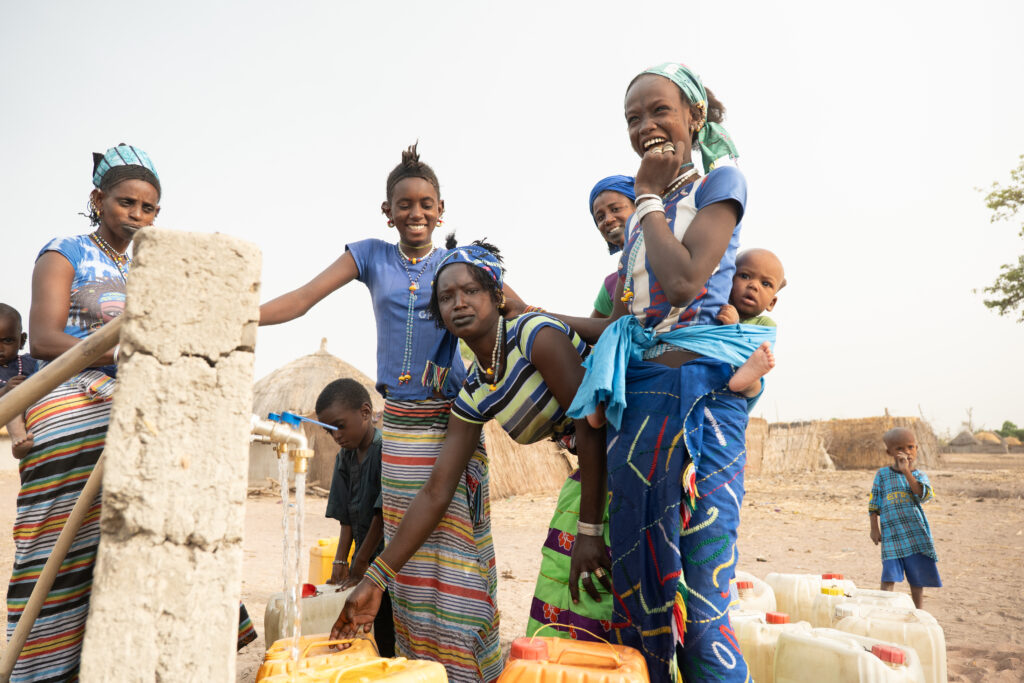
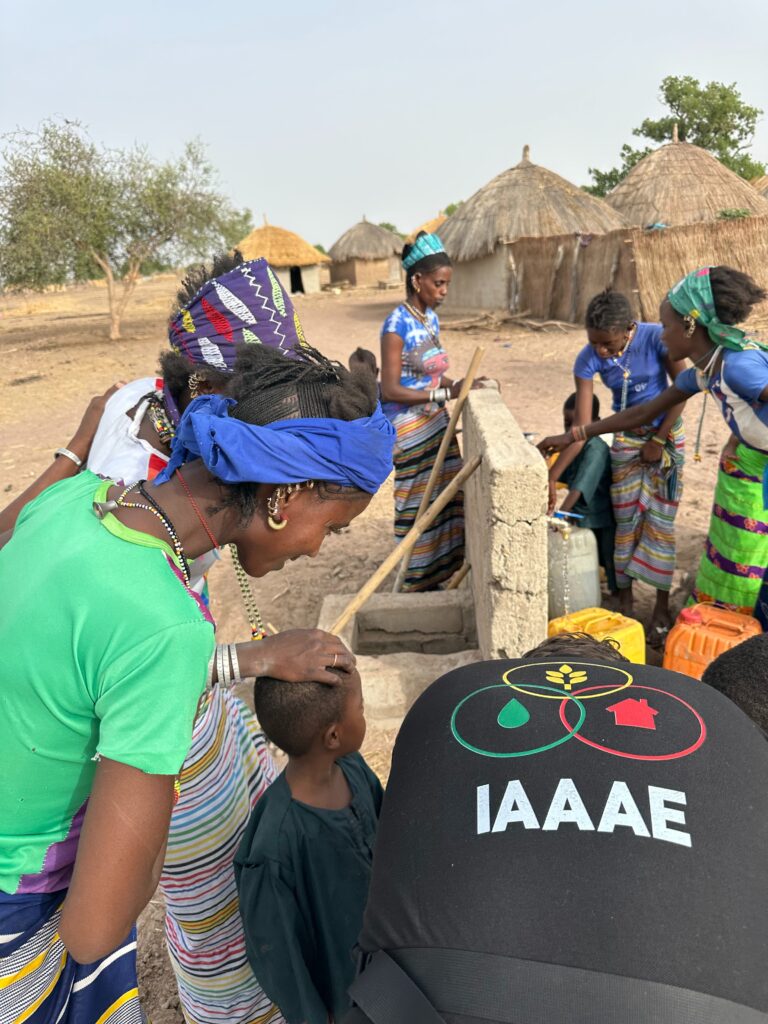
Impact and Significance
The Model Village Project has far-reaching impacts on the communities it serves:
- Health Improvements: Clean water reduces waterborne diseases, which kill thousands annually in sub-Saharan Africa. Electricity enables better healthcare delivery, such as powering refrigeration for vaccines.
- Educational Opportunities: Solar-powered lighting allows students to study after dark, while sustainable school buildings provide safe learning environments.
- Economic Growth: Access to energy and water supports small businesses, such as tailoring or food processing, and reduces time spent on manual tasks like water collection.
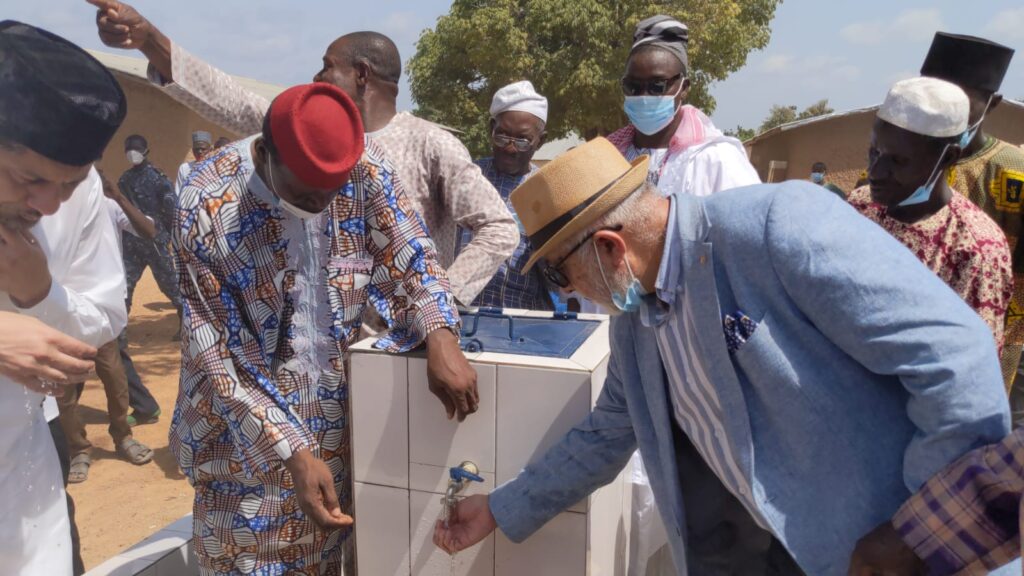
- Social Empowerment: Community involvement fosters a sense of ownership and pride, strengthening social cohesion and resilience.
- Environmental Benefits: Renewable energy and sustainable construction reduce carbon footprints and deforestation (e.g., from reliance on firewood).
The project also serves as a beacon of innovation, showcasing how faith-based organizations can leverage technical expertise to address complex development challenges.
Broader Context and Alignment:
The Model Village Project aligns with regional and global development trends:
- Africa’s Development Needs: Sub-Saharan Africa faces significant challenges, including 600 million people without electricity and 400 million without clean water. The project addresses these gaps through integrated, community-level solutions.
- Renewable Energy Growth: Africa’s vast solar (7,900 GW potential) and wind resources make decentralized systems viable. The project complements initiatives like the Africa Renewable Energy Initiative (AREI).
- Sustainable Development: The project supports the African Union’s Agenda 2063 and the SDGs by promoting inclusive, sustainable communities.
- Faith-Based Development: The Ahmadiyya Muslim Community’s humanitarian ethos, rooted in service to humanity, drives the project’s focus on underserved populations.
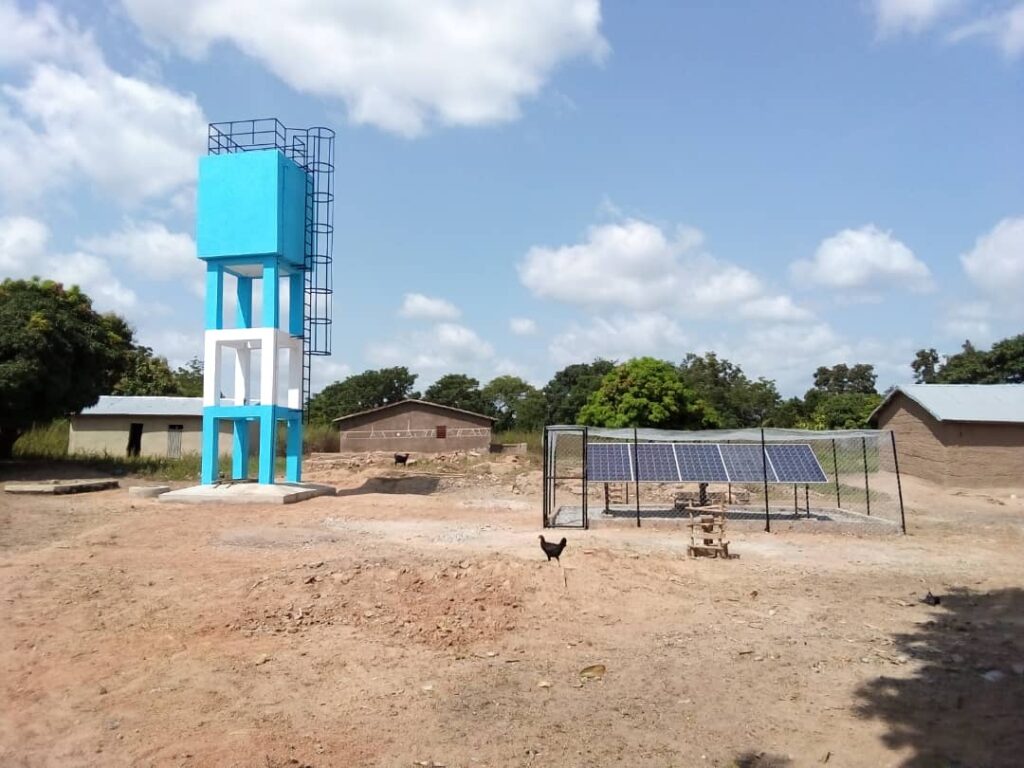
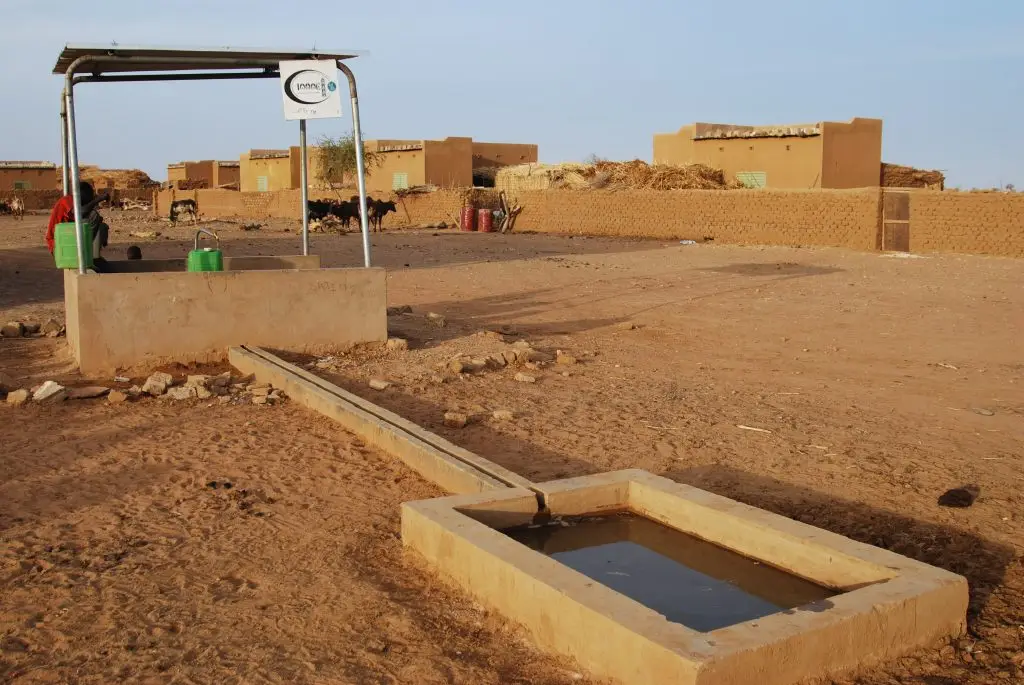
Insight IAAAE’s expertise in Water, Solar Energy and Architecture have enabled us to combine all three segments into one self-sustainable project known
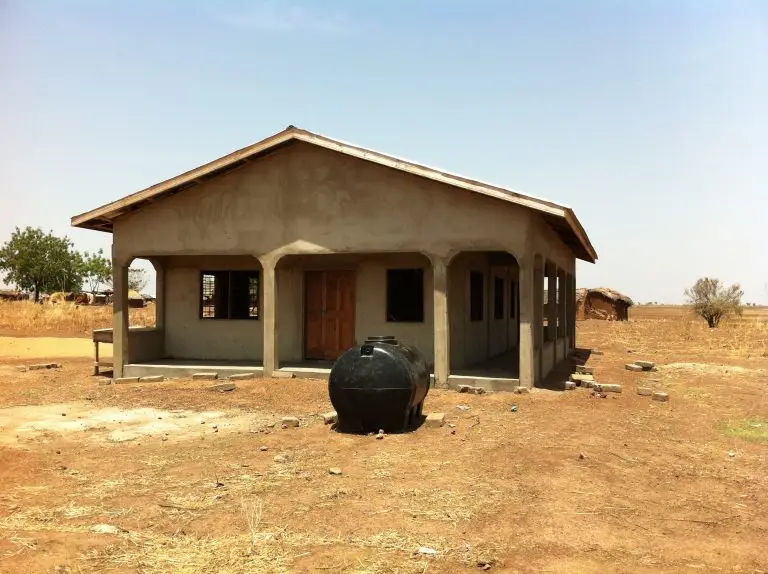
Insight IAAAE’s expertise in Water, Solar Energy and Architecture have enabled us to combine all three segments into one self-sustainable project known
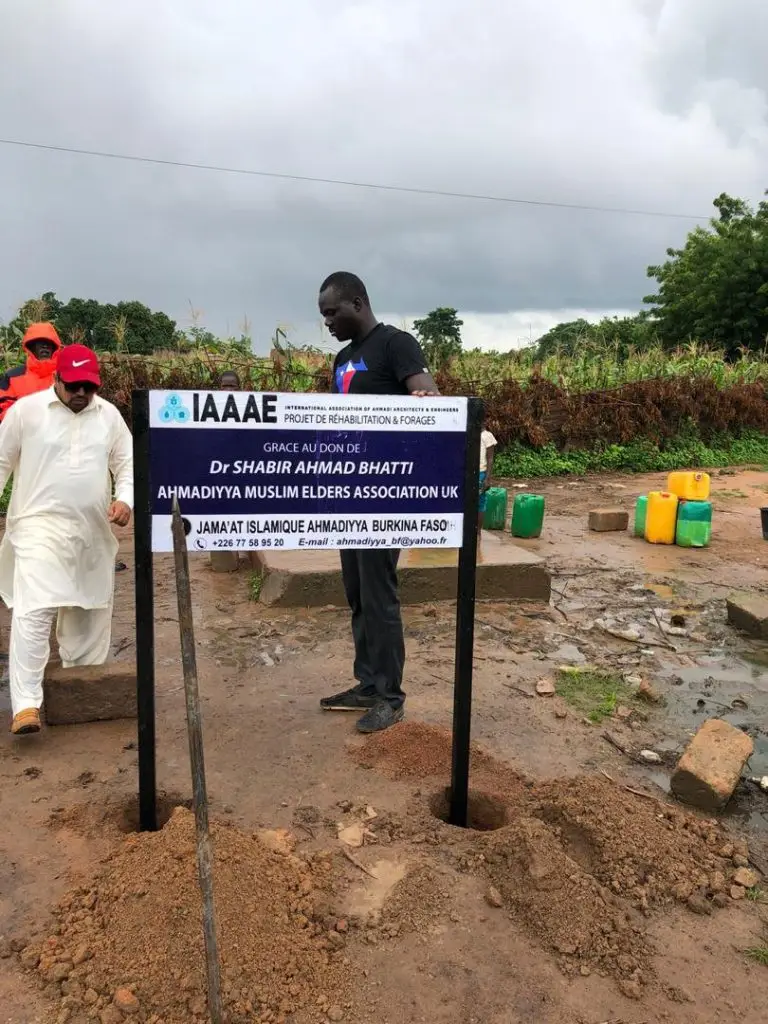
The Water for Life Committee has extended its humanitarian work to villages in Burkina Faso and Bigene, a sector in Guinea-Bissau’s Cacheu Region with around 8,000
